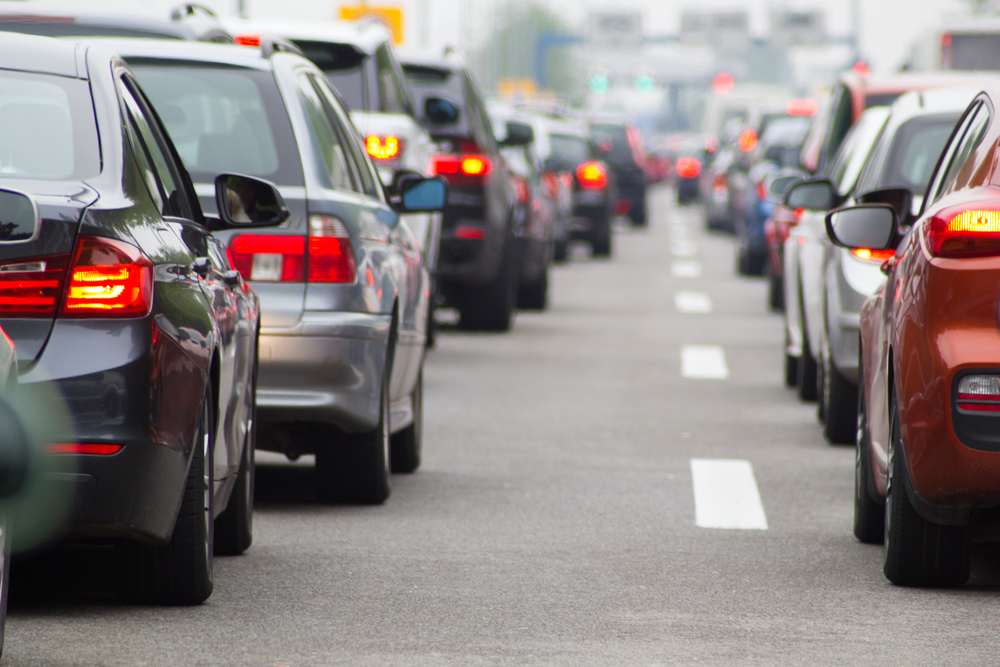
Department of Energy (DOE) Lawrence Berkeley National Laboratory researchers have launched a pair of artificial intelligence projects to address traffic optimization and pollution reduction.
UC Berkeley personnel and Berkeley Lab scientists said they had joined forces to utilize deep reinforcement learning, a computational tool for training controllers, to make transportation more sustainable.
Officials said one research endeavor uses deep reinforcement learning to train autonomous vehicles to drive in ways to simultaneously improve traffic flow and reduce energy consumption while a second uses deep learning algorithms to analyze satellite images combined with traffic information from cell phones and data already being collected by environmental sensors to improve air quality predictions.
“Thirty percent of energy use in the U.S. is to transport people and goods, and this energy consumption contributes to air pollution, including approximately half of all nitrogen oxide emissions, a precursor to particular matter and ozone – and black carbon (soot) emissions,” said Tom Kirchstetter, director of Berkeley Lab’s Energy Analysis and Environmental Impacts Division, an adjunct professor at UC Berkeley, and a member of the research team. “Applying machine learning technologies to transportation and the environment is a new frontier that could pay significant dividends – for energy as well as for human health.”
The traffic-smoothing project, dubbed CIRCLES, or Congestion Impact Reduction will be implemented via CAV-in-the-loop Lagrangian Energy Smoothing using a state-of-the-art open-source microsimulator to simulate hundreds of thousands of vehicles driving in custom traffic scenarios. The pollution project would take advantage of the power of deep learning algorithms to analyze satellite images combined with traffic information from cell phones and data already being collected by environmental monitoring stations.